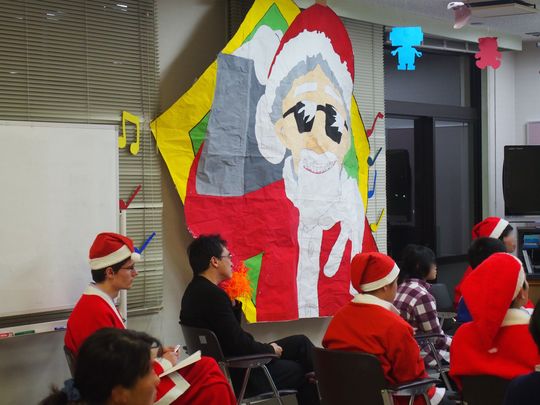
Report: Study Trip to Gokase, Miyazaki Minakata Marcin
- Time and Date:
- December 18 (Sun) to December 20 (Tue), 2016
- Venue:
- Miyazaki Prefectural Gokase Secondary School
- Organized by:
- Educational Project 2, “Praxis of Coexistence in Cultural Diversity,” Integrated Human Sciences Program for Cultural Diversity, The University of Tokyo
It was a great pleasure and a rare opportunity for me as an IHS student to interact with students from Gokase Secondary School and experience the Japanese countryside for the first time. Takachiho and Gokase towns are located in a remote part of Miyazaki prefecture, so that the journey from and back to Tokyo probably took as much time as the activity itself. It is also remote in terms of transport options, with two bus connections from the airport in a day and few other lines. We were warmly welcomed by the staff of NPO Global Academy, Mr. Shinnosuke Tasaka and Ms. Izumi Ibaraki, who showed us around and provided great help during the entire time in Miyazaki.
Before the “Philosophical Dialogue” organized by Professor Kajitani, we visited Takachiho High School and Takachiho Town Hall to discuss the possibility of enlarging the event and its concept. Personally, I think it is an activity much needed in Japanese schools and it creates opportunities to express oneself, which is not possible during the study of other subjects. Students talk about a topic directly connected to their life and can express their opinion freely without worrying too much about the presence of their teachers. After arrival at the Gokase Welfare Center, students decorated the venue for the coming Christmas, which made the atmosphere much more enjoyable. We started off with brief introductions and then broke the ice with a game: everyone was asked what they wanted as a Christmas present, and why. Among the answers provided by the students, some were as follows: money for clothes, quick access to the cinema, CDs, tickets to the Arashi concert, a holiday package with their family, and a nice teacher. I think these answers give some idea on the basic disadvantage of Gokase: the lack of entertainment. Young people, in comparison with the older generation, are looking for some fun in their everyday life. This topic was unintentionally expanded on in the main talk, as the first discussion question was: “What do you want in Gokase?” Again, students opted for facilities such as a cinema, trendy café, or manga rental service. The question is how it should operate and what is the target of such coffee shop— whether it can be enjoyable for both young people and the elderly. The second question was: “If you were born again, where would you like to live—Tokyo or Gokase?” I was quite sure Tokyo would be a certain choice for many, but surprisingly teenagers have great affection for their hometown. They are not only proud of living there, but also hope to show it to people coming from outside—including foreigners. Tokyo, despite its advantages, is seen in a realistic perspective as a place where life is not easy.
In between the scheduled activities, we were able to go sightseeing for a short while to Takachiho Gorge, which is the most famous attraction in the region. The whole region is being advertised as the birthplace of Japanese mythology, and spiritual experience is another reason to visit that place. It is a pity it was not included in our schedule, as it is deeply connected with Japanese culture. It is a very inaccessible place but definitely worth exploring further. Finally, I would like to thank Professor Kajitani and the IHS program for giving me the opportunity to participate in this interesting event.
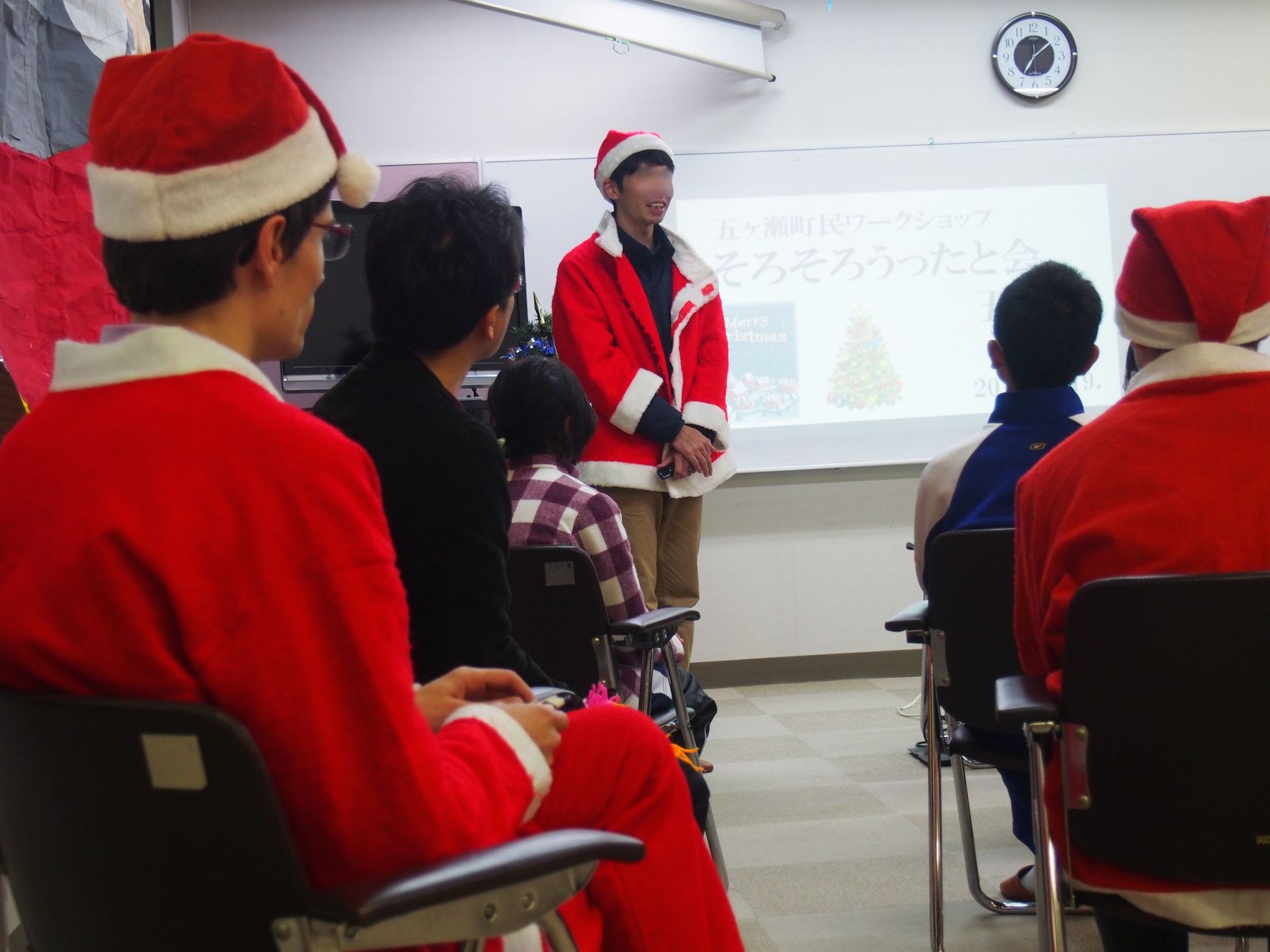

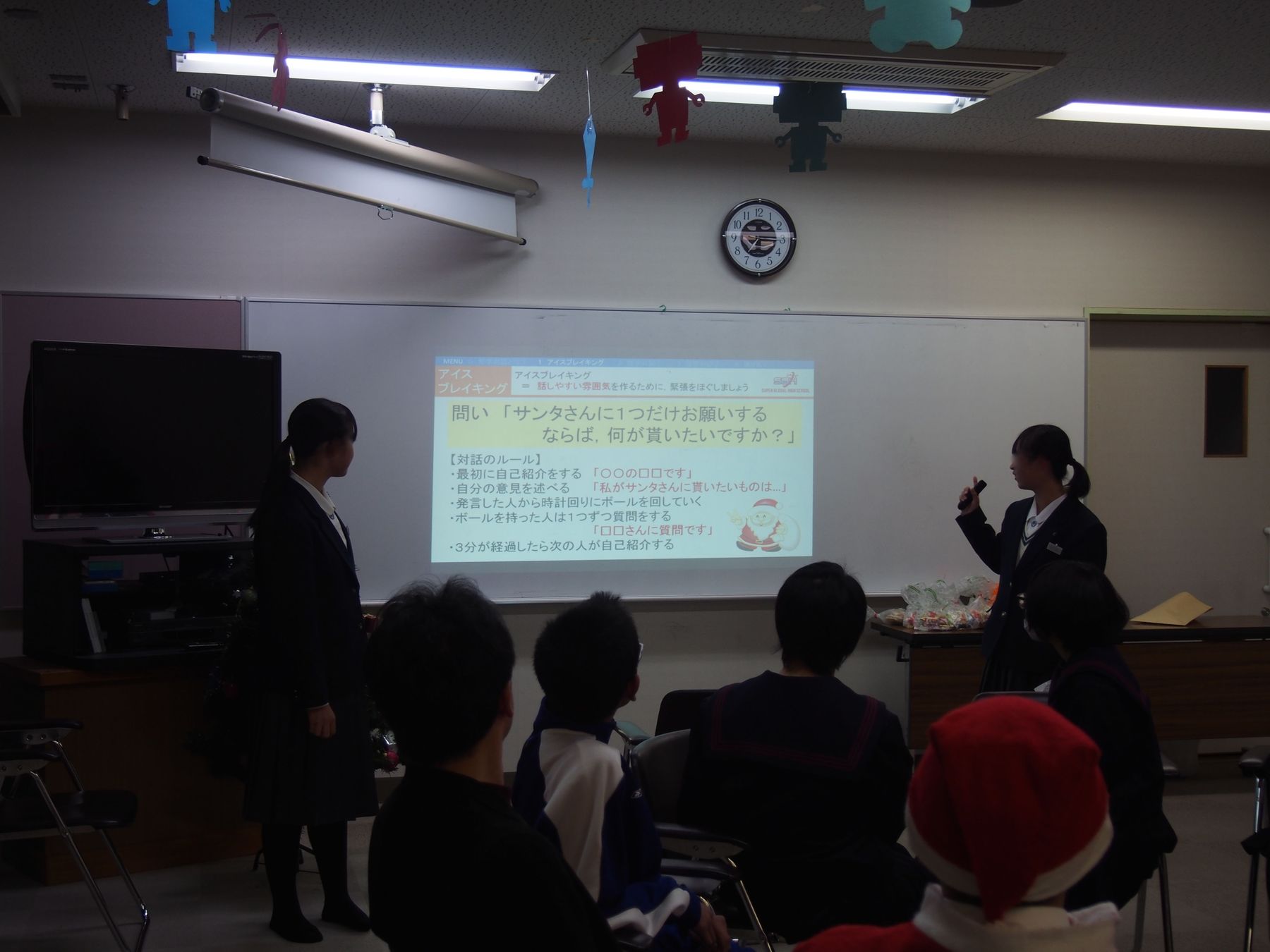
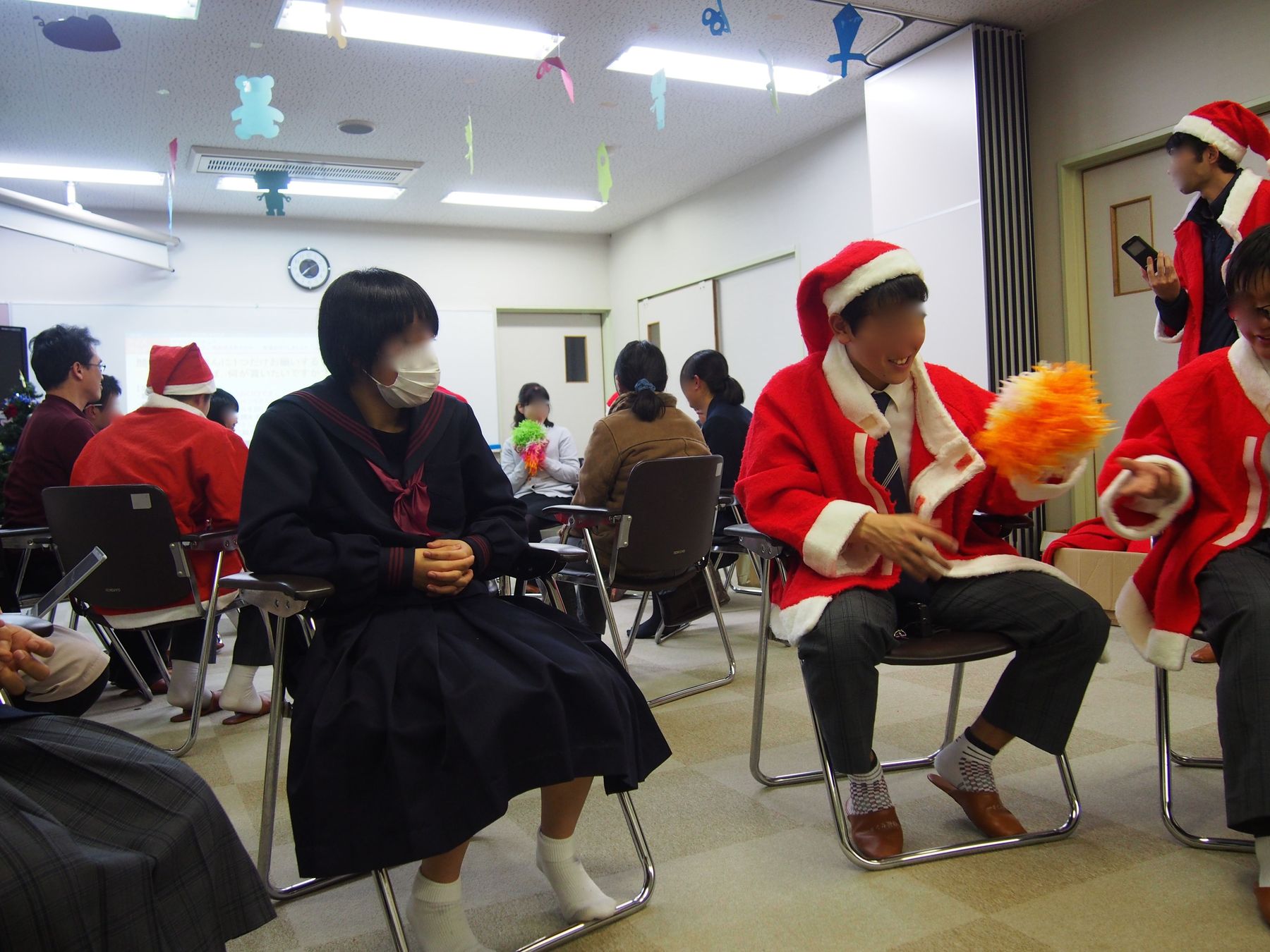
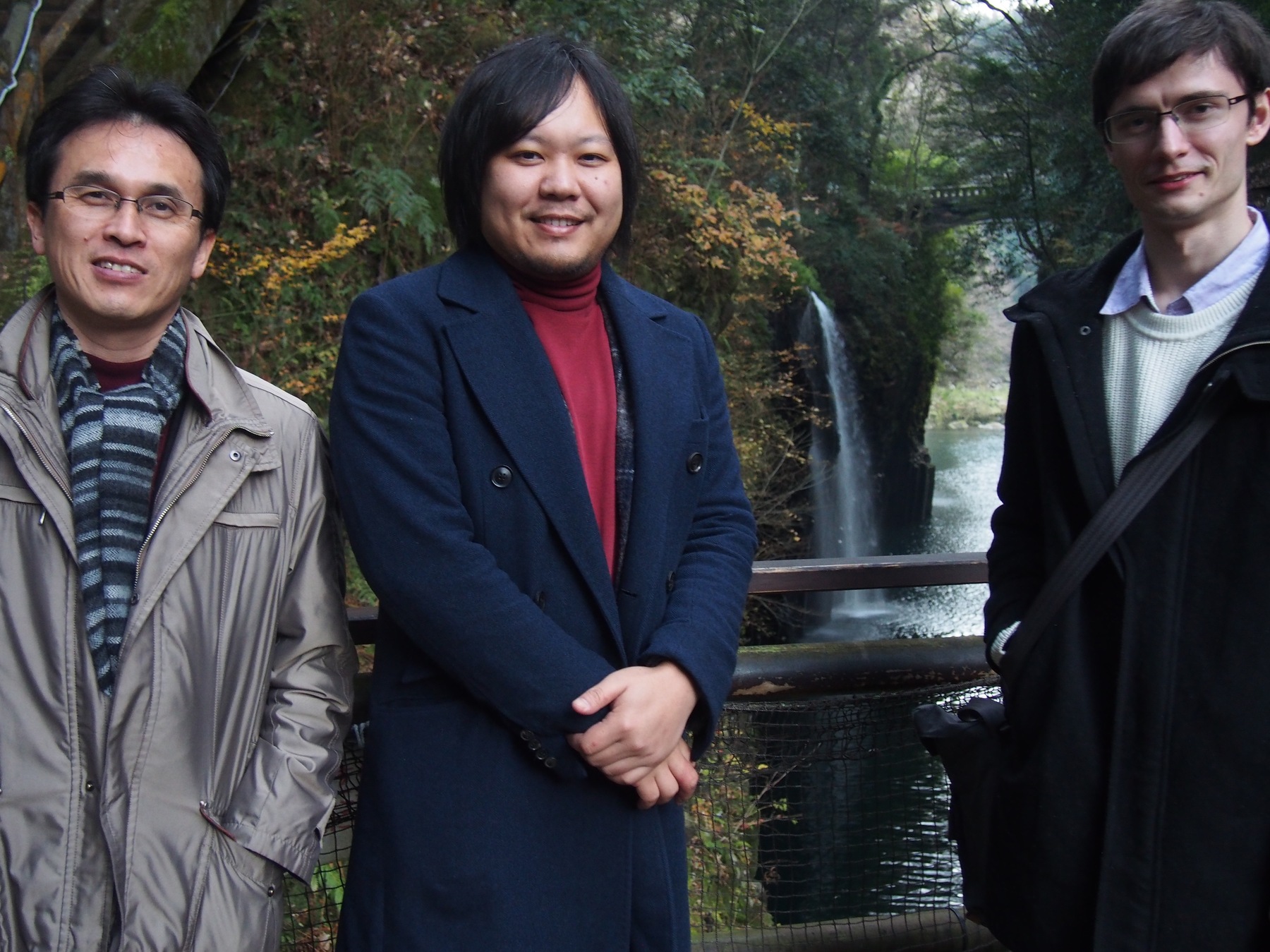
report date : December 29, 2016


